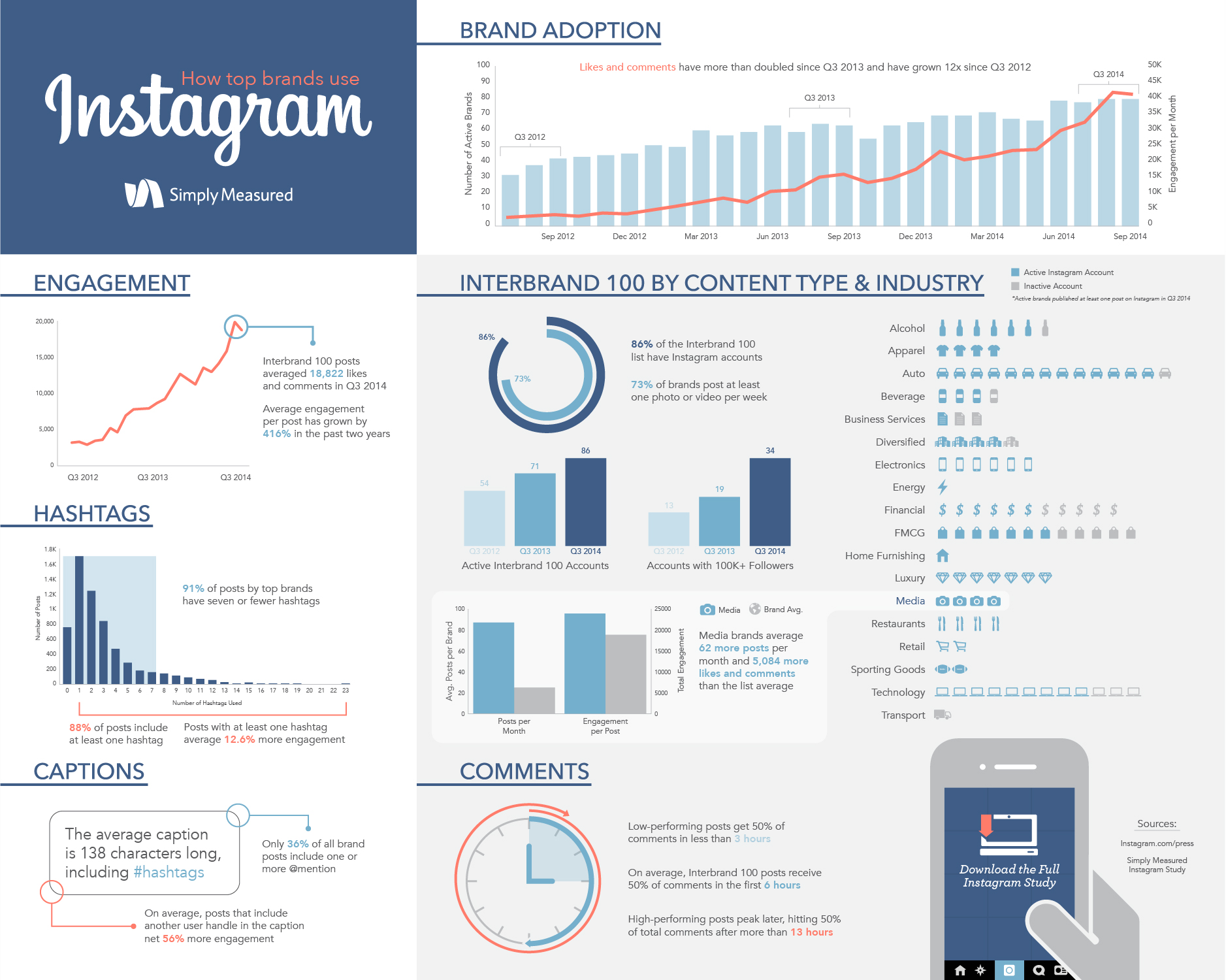COVID-19, the novel coronavirus, has made e-commerce in 2020 all the more viable. With people around the world confined to their homes and practicing social distancing, many cannot visit physical stores or prefer to avoid them. E-commerce brands have prime opportunities to enhance the experiences they provide customers in these unsettling times.
These eight tips suggest how to make e-commerce improvements for customers during the coronavirus pandemic and afterward:
1. Provide a More Personalized Experience
Excellent e-commerce personalization efforts make people feel their business truly matters to a company and that they are not merely numbers in a database. However, it's more difficult to practice these efforts during the COVID-19 crisis, retailers report. A survey from Chain Store Age revealed that 31% of respondents found it challenging to maintain personalized customer relationships and service due to the pandemic.
However, it's still possible for brands to excel in these aims. For example, Irish customers who shop for groceries from Tesco, a British brand, see a step in the checkout process showing them a page of products they've ordered before and may have forgotten to add to this most recent order.
Features like this one let e-commerce brands show they're still doing what they can to cater to customers' unique needs during uncertain times. Thus, shoppers are more likely to conclude that fantastic service is something they can continue to count on.
2. Design Discount and Giveaway Campaigns

The restrictions surrounding COVID-19 mean many people are shopping online for things they'd otherwise buy in person. Moreover, shoppers who are loyal customers of e-commerce brands are especially grateful that those outlets exist and continue to operate.
E-commerce brands should consider appealing to new and existing customers alike by running discount and giveaway campaigns. For example, an option for any online shopper to choose a buy-one-get-one-free offer introduces products to people who may not be familiar with them yet. At the same time, this idea gives fans of the brand chances to save money on the stuff they buy anyway.
Additionally, eBay wants to positively shift the statistic that 70% of small businesses do not have an online presence. Through its "Up and Running" campaign, the brand will waive the selling fees associated with new marketplace sellers. Participants get free basic eBay stores for three months that allow them to post up to 500 items. Plus, small businesses can access specialized resources, such as educational webinars and discounted shipping supplies.
As brands strive to maximize their efforts concerning e-commerce in 2020, they should take the time to study their user base and determine what kinds of discounts or freebies people in their target audience would want most. Doing that emphasizes that e-commerce companies have customer-first mindsets.
3. Offer More Delivery Options
Health experts say COVID-19 spreads through close contact, and many people are isolating themselves due to suspected symptoms. These factors have spurred e-commerce brands to provide additional delivery options for customers. For example, the food delivery brand Grubhub introduced a no-contact delivery option that people can choose before confirming their orders. Other delivery-centric brands operating online have done the same.
Another option for e-commerce companies is to select a shipping partner that offers an assortment of delivery preferences. Specialty backpack brand Douchebags informs its visitors that it uses DHL On-Demand Delivery. The website copy then lists the various possibilities a shopper could choose.
For example, going with a "signature release" means a person can ask to receive their package without signing for it, thereby supporting social distancing guidelines. They could also request that the carrier leave the parcel with a neighbor. A recipient may even choose a "vacation hold" which pauses all deliveries until a predetermined time.
Being upfront about the available delivery options could increase a person's confidence level in a company — during or outside of the coronavirus pandemic. If a person is never home during a delivery driver's shift, they'd need to make alternative arrangements. The same is true for someone who works night shifts and sleeps during the day. In that case, a delivery driver's knock could disrupt precious rest.
4. Customize the Product Packaging
Brand recognition is more important than ever, especially as the e-commerce market gets more crowded. Companies can achieve differentiation in the marketplace by personalizing their product packages with custom logos.
That approach helps customers feel excited as they open their doors and find distinctively branded packages waiting for them. For example, Owlcrate is a subscription box service that appeals to the young adult demographic. Their custom boxes are part of what makes the brand so popular. Owlcrate even has a YouTube channel of unboxing videos, showing what people could get by subscribing.
Another perk of custom packaging is that it lets e-commerce brands spotlight their value-added aspects. If a company offers 24/7 customer service, accepts free returns or gives a sizeable percentage of its profits to worthy causes, those are all things a brand could call attention to on customized packaging.
5. Be Upfront About Any Possible Delays and Remain Accessible to Customers

As countries iron out restrictions related to COVID-19, some have closed their borders or stopped accepting international deliveries. Those changes mean customers who place orders may face significant slowdowns or find their items returned to the senders. Succeeding in e-commerce in 2020 requires companies to show as much transparency as possible regarding any disruptions.
Beauty brand Birchbox offers a subscription box service and an online store where people can buy individual items. It recently told United Kingdom customers that the coronavirus delayed its shipments, but that it would stay in touch with them via social media. The company also provided its Facebook and Instagram handles to promote hassle-free connections.
Customers never want to feel an e-commerce brand is not available to help when needed. If they do, they may stop dealing with a company. A 2019 study from The Northridge Group found that nearly three-quarters (72%) of respondents said they would start doing business with a competing brand after only one bad experience. The same poll discovered more than one-third of those surveyed reported difficulty contacting the companies in question.
COVID-19 has changed the ways people work, with many now clocking in from home instead of their offices. That shift makes it critical for companies to assure people they are still available for assistance. The businesses should first discuss any slowdowns or other aspects that negatively impact operations. Next, they should list their contact points and invite people to get in touch.
6. Provide the Option of Ongoing Deliveries
The coronavirus pandemic is teaching people around the world how hard it might be to get items that are usually readily available, such as toilet paper, disinfecting wipes, non-perishable foods and hand soap. Most households find it overwhelming that they may go to a store and find most of the items on their shopping lists sold out.
However, many e-commerce brands offer periodic deliveries for people who sign up for subscription plans. Then, consumers don't need to brave the crowds at stores and possibly feel disappointed by the lack of selections. COVID-19 challenges give e-commerce brands ideal opportunities to remind customers about the convenience of receiving shipments on a regular schedule.
Some meal delivery companies seemed immediately prepared to put people's minds at ease regarding their coronavirus questions. For example, Home Chef created a dedicated FAQ section containing most of the things potential or current customers would want to know.
However, subscription plans do not only extend to consumables. Office Depot also has them. When someone places an order, they can select to have a one-time delivery or a recurring one. Given that so many people are now working from home during the coronavirus outbreak, many individuals may find it most convenient to have their most-used items replenished for them on the desired schedule.
E-commerce in 2020 is all about giving consumers what they want and when. Online retailers should keep that in mind and provide subscribers with the option to cancel or skip deliveries. Office Depot has a subscription manager feature to facilitate the necessary changes in a self-service format.
7. Consider Extending the Return Policy
Many large brands operating in the e-commerce realm — such as Amazon and Apple — have extended their return policies due to the coronavirus pandemic. If a person has symptoms and must self-isolate for weeks, they may not be able to get to a post office in time to ship a product back within the usual timeframe.
Cases also exist where a person initially bought a product online but wants to bring it back to a local store for an efficient exchange. The COVID-19 pandemic forced many physical stores to close temporarily, but extending the return policy lets people wait to deal with a faulty or unwanted product until officials lift the lockdowns and closures for a respective area.
Lengthening the return policy indefinitely could also give people more confidence if they buy from an e-commerce brand for the first time. Many may balk if they see that the timespan for returning a product is restrictively short.
8. Scrutinize the Product Description Copy for Misleading Language

People around the world are desperate for things that could safeguard them against the coronavirus. Some e-commerce brands have, unfortunately, capitalized on that spike in demand and offered expensive merchandise they claim could prevent or even cure COVID-19. Health experts warn there is presently no way to cure the virus. They emphasize that relatively simple measures, like social distancing and washing one's hands, go a long way in offering protection, however.
If e-commerce brands have products a person may purchase as coronavirus preventatives, they must take exceptional care to omit misleading information and call attention to the facts shoppers need to know.
Etsy recently published a guide and told site users it would actively watch for and take down listings that did not abide by the marketplace's policies. For example, a seller can create and sell hand-sewn face masks, but they must not represent those goods as medical devices. Similarly, Etsy sellers cannot make health claims about their products, such as to say they can stop the coronavirus.
E-commerce brands should get in the habit of regularly looking for phrases or features within product descriptions that could give buyers the wrong impression and make them believe a product suits an unintended purpose. Doing that builds trust among the audience.
Practical Tips to Enhance the E-Commerce Experience
These eight suggestions address the challenging but promising landscape of e-commerce in 2020. They're relevant now but will remain so even once the coronavirus crisis eases.
Related Posts
Kayla Matthews is a MarTech journalist and writer, whose work has been featured on Marketing Dive, Contently, Outbrain and Convince and Convert. To read more posts from Kayla, please visit her personal tech blog, Productivity Bytes.








[…] Recommended: 8 Ways to Provide a Better E-Commerce Experience in 2020 […]